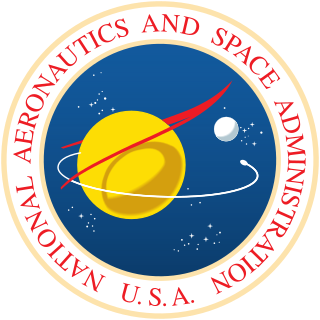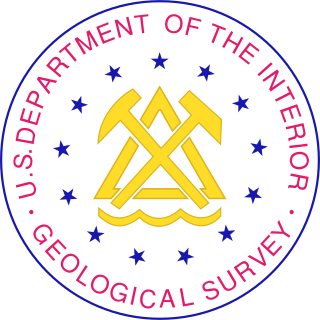 Oblique Lunar Orbiter 4 image | |
| Coordinates | 3°12′S76°00′E / 3.2°S 76.0°E Coordinates: 3°12′S76°00′E / 3.2°S 76.0°E |
|---|---|
| Diameter | 107 km |
| Depth | Unknown |
| Colongitude | 285° at sunrise |
| Eponym | Grove K. Gilbert William Gilbert |

Gilbert is a large lunar impact crater that lies near the eastern limb of the Moon. Due to its location this feature appears foreshortened when viewed from the Earth, limiting the amount of detail that can be observed. The crater lies to the northwest of the similar-sized walled plain Kästner, to the west of the Mare Smythii.
Several satellite craters in the vicinity have since been given names by the IAU. Nearly attached to the north-northeastern rim of Gilbert are the craters Weierstrass (Gilbert N) and Van Vleck (Gilbert M), two somewhat similar formations. In the northeastern part of Gilbert's interior floor is the small, bowl-shaped Geissler (Gilbert D).
Gilbert is a somewhat degraded walled plain, with an outer rim that has been somewhat reshaped by nearby impacts. The southern rim has almost completely disintegrated, and forms a rolling surface that flows toward the south as an extended depression. The crater pair of Weierstrass and Van Vleck have formed an indented rim along the northeast face, while the northwest rim is overlain by Gilbert S. The interior floor is relatively level with some low ridges running down the center toward the southern end.


